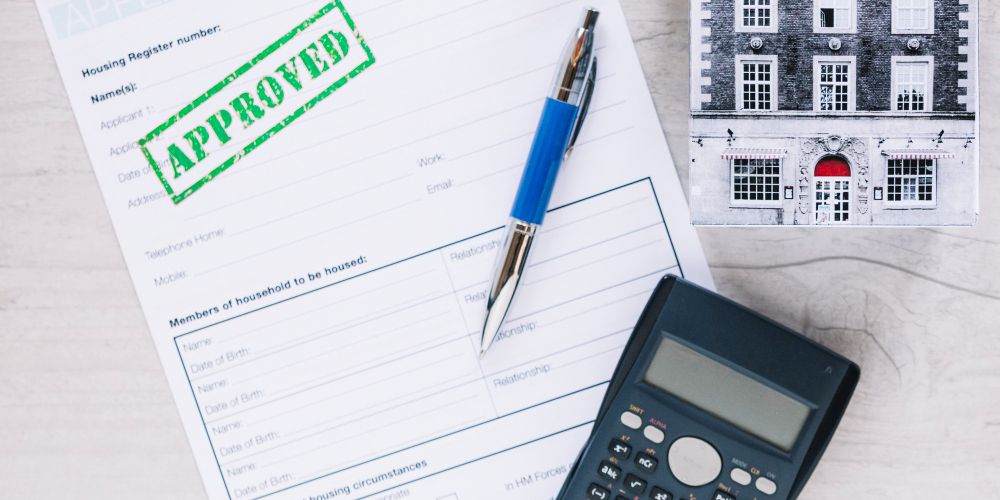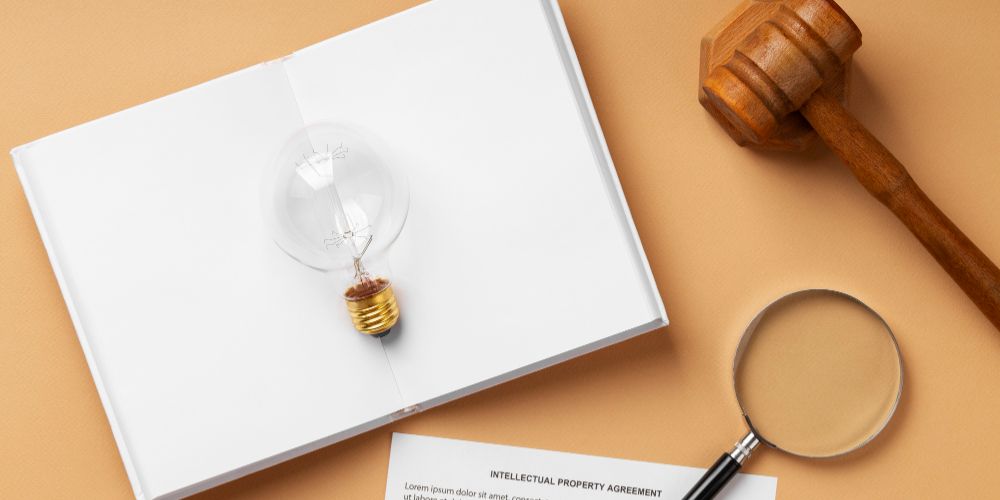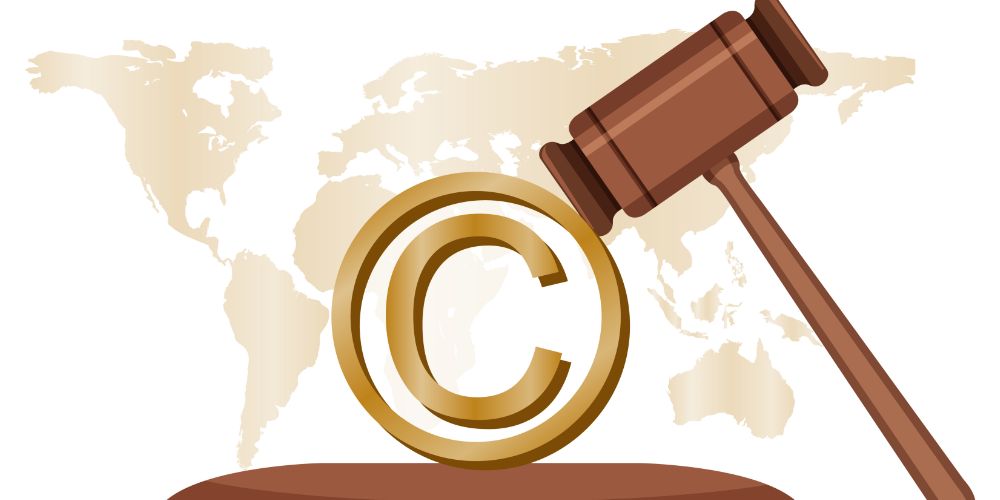On 31st December 2020, the Cabinet Secretary for Lands and Physical Planning, Ms. Farida Karoney published Gazette Notice No. 11348 of 2020 (“the Notice”) notifying the general public of the conversion of specific old land registration numbers to new parcel numbers. The Notice outlines the old registration numbers and the new parcel numbers. It also categorises the listed parcels of land under newly established land registration units, bearing various block numbers.
- LEGALITY OF THE NOTICE
The Notice is premised on the provisions of the Land Registration (Registration Units) Order of 2017 (“the Regulations”) promulgated under Section 6 of the Land Registration Act, 2012 (“the Act”). Section 6 of the Act empowers the Cabinet Secretary to constitute an area as a land registration unit, as well as vary the unit’s limits at any time.
Under Regulation 4 of the Regulations, the office responsible for land survey is mandated to prepare cadastral maps together with a conversion list for existing titles issued under the repealed land Acts. Thereafter, the cadastral maps and conversion list are presented to the Registrar, who forwards them to the Cabinet Secretary for publication in the Kenya Gazette and two (2) national dailies within thirty(30) days of receipt. The Cabinet Secretary is required to specify in the publication, a date not exceeding four (4) months when new land registration units are to take effect.
It is on this basis that the Notice was published and specified 1st April 2021 as the effective date. All subsequent dealings in the listed parcels will be undertaken in the new registers, under the new land registration units, from that date henceforth. Likewise, all existing registers shall be closed to pave the Way for the operationalization of the new registers by that date. Nevertheless, the closed registers and supporting documents will be retained in both physical and electronic formats.
Any aggrieved person having an interest in a property listed in the Notice, may in the meantime lodge a complaint with the Registrar within ninety (90) days of the Notice’s publication. The person may also register a caution pending clarification or resolution of the complaint. There is also a further avenue for appeal of the Registrar’s decision to court.
Lastly, the Registrar will initiate the process of migration of titles for the affected properties. This will be done by advertising in two (2) national dailies and on radio stations of nationwide coverage, a notice calling upon the concerned owners to apply for new titles in the prescribed format. Each application shall be accompanied by the original title and the owners should make a complaint to the Registrar in the prescribed form (Form LRA 96) set out in the regulations regarding the conversion list or the cadastral map: Pending the resolution of any complaint, apply for registration of a caution in the prescribed form (Form LRA 67) set out in the regulations. registration documents, for proof of ownership. Once new titles are issued, the previous ones will be canceled and retained by the Registrar for safekeeping.
- EFFECT OF THE NOTICE
From the 1st of April 2021, all transactions with the outlined parcels of land shall be carried out under the new registers. As such, the owners of those parcels should acquire new titles to enable future effective dealings in their properties. Any aggrieved person may within ninety (90) days from 31st December 2021:
- Make a complaint to the Registrar in the prescribed form (Form LRA 96) set out in the regulations regarding the conversion list of the cadastral map; or
- Pending the resolution of any complaint, apply for registration of caution in the prescribed form (Form LRA 67) set out in the regulations.
- REGISTRY INDEX MAPS
Vide Press Statement issued to expound on the Notice, the Cabinet Secretary has indicated that the
conversion would also entail the use of Registry Index Maps(RIMs), as registration instruments to replace deed plans, with the use of RIMs expected to minimize land fraud, given that they capture all land parcels within a designated area, whereas a deed plan only captures data on a specified parcel. This would ostensibly make it easier to detect any changes or alterations.
- CONCLUSION
It is evident that the conversion exercise is a novel undertaking with far-reaching consequences. Therefore, the affected proprietors must be vigilant and compliant with all the notices or requirements that the Cabinet Secretary or Registrar may prescribe, to facilitate a smooth transition of their respective properties’ records. In the meantime, they should also where necessary, seek clarification or lodge complaints, to ensure that their concerns are promptly addressed.



